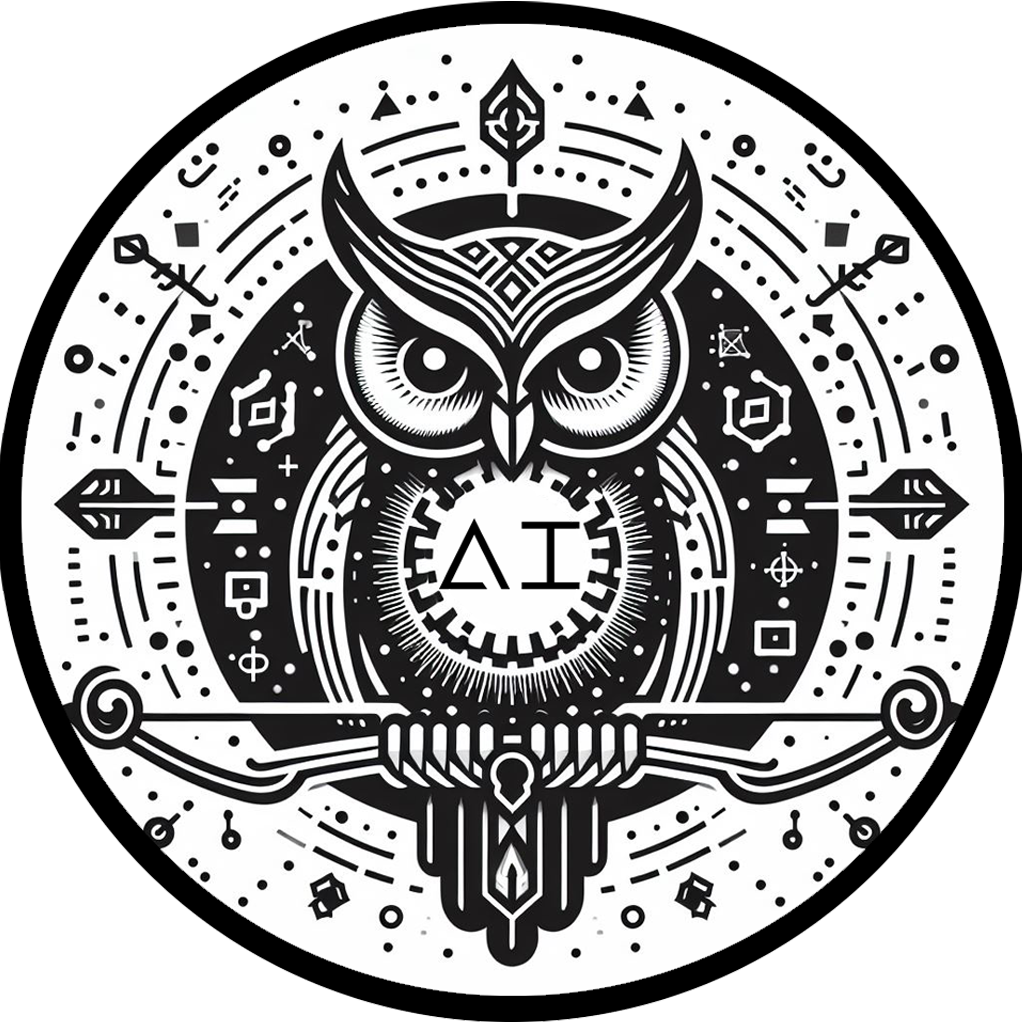In the dynamic landscape of generative models, stable diffusion has emerged as a powerful concept, particularly in the realm of text-to-image generation. This innovative approach brings stability and robustness to the process of transforming textual descriptions into vivid visual representations. In this article, we explore the intricacies of stable diffusion and how it enhances the state-of-the-art in text-to-image synthesis.
The Essence of Stable Diffusion:
1. Defining Stable Diffusion:
- Stochastic Process: Stable diffusion involves a stochastic process where noise is iteratively added to an initial image, gradually refining it over multiple steps.
- Stability Emphasis: The term “stable” highlights the stability and reliability achieved through the controlled diffusion of noise.
2. Iterative Refinement:
- Step-wise Improvement: Stable diffusion operates through a series of diffusion steps, each contributing to the gradual refinement of the initial image.
- Controlled Noise Injection: At each step, carefully controlled noise is introduced to guide the generation process.
Text-to-Image Synthesis:
1. Integration with Generative Models:
- Adopting Stability: Stable diffusion is often integrated into existing generative models, such as GANs (Generative Adversarial Networks) or VAEs (Variational Autoencoders).
- Advantages for Image Synthesis: The controlled diffusion process provides advantages in terms of stability, reducing the risk of generating unrealistic or divergent images.
2. Incorporating Textual Descriptions:
- Conditional Generation: Stable diffusion can be applied conditionally, where textual descriptions guide the generation process.
- Text-Driven Refinement: Textual input influences the diffusion steps, ensuring that the generated images align with the given textual context.
Advantages of Stable Diffusion in Text-to-Image:
1. Improved Image Quality:
- Artifact Reduction: Stable diffusion techniques often lead to images with reduced artifacts and improved overall quality.
- Fine-Grained Details: The iterative refinement allows for the generation of images with fine-grained details, enhancing realism.
2. Enhanced Control:
- Noise Control: The controlled injection of noise in each diffusion step provides a level of control over the creative process.
- Adjustable Parameters: Parameters can be adjusted to influence the trade-off between stability and creativity.
Applications and Future Directions:
1. Creative Content Generation:
- Artistic Expression: Stable diffusion opens avenues for artists and designers to translate textual concepts into visually appealing and stable images.
- Multimodal Creativity: The integration of stability-focused diffusion with text-to-image generation encourages multimodal creative exploration.
2. Robust Text-to-Image Systems:
- Real-World Applicability: Stable diffusion techniques contribute to the development of more robust and applicable text-to-image synthesis systems.
- Industry Adoption: Industries such as design, e-commerce, and entertainment may benefit from stable diffusion in creating realistic visual content.
3. Research Focus:
- Continued Innovation: Ongoing research explores variations and improvements in stable diffusion techniques.
- Interdisciplinary Collaboration: Collaboration between researchers in generative models, computer vision, and natural language processing fuels advancements.
Conclusion:
Stable diffusion in text-to-image generation represents a captivating intersection of probabilistic modeling and creative expression. By bringing stability to the generative process, this approach enhances the realism and quality of generated images while providing a platform for controlled creativity. As research progresses, stable diffusion is likely to play a pivotal role in shaping the future of text-to-image synthesis, unlocking new possibilities for creative professionals and industries alike. The journey from text to image is now guided by the steady and stable diffusion of innovation.


